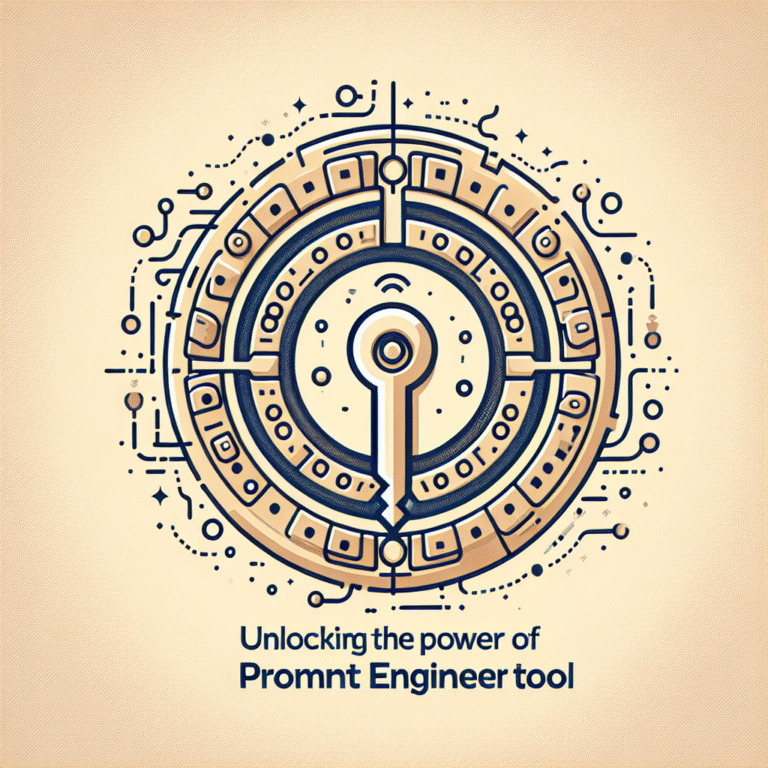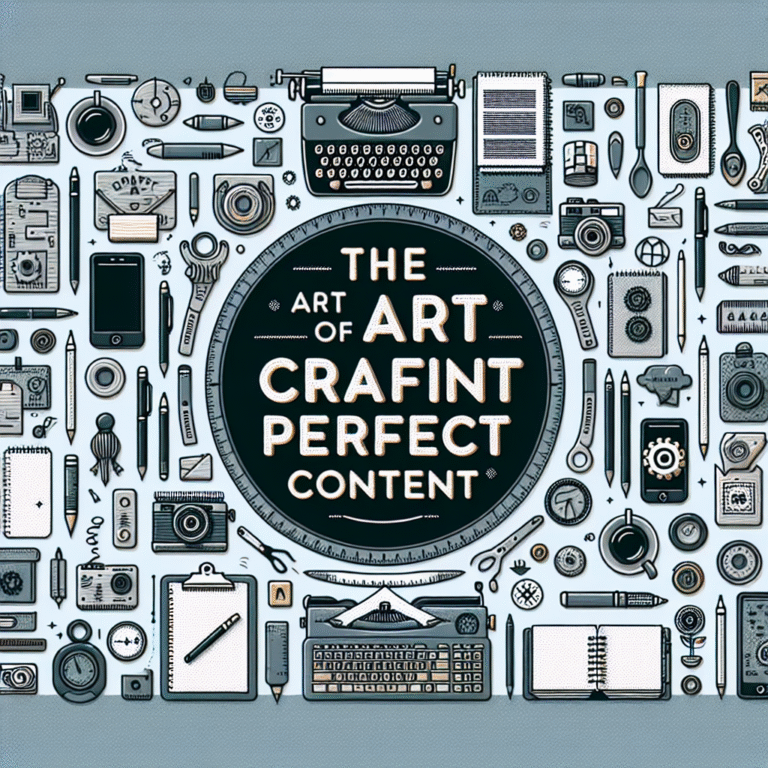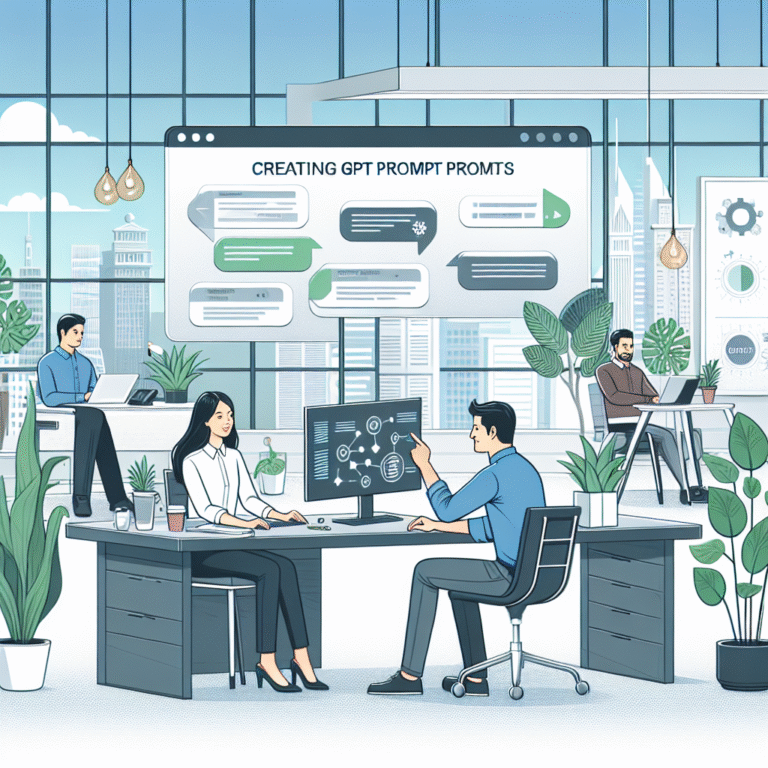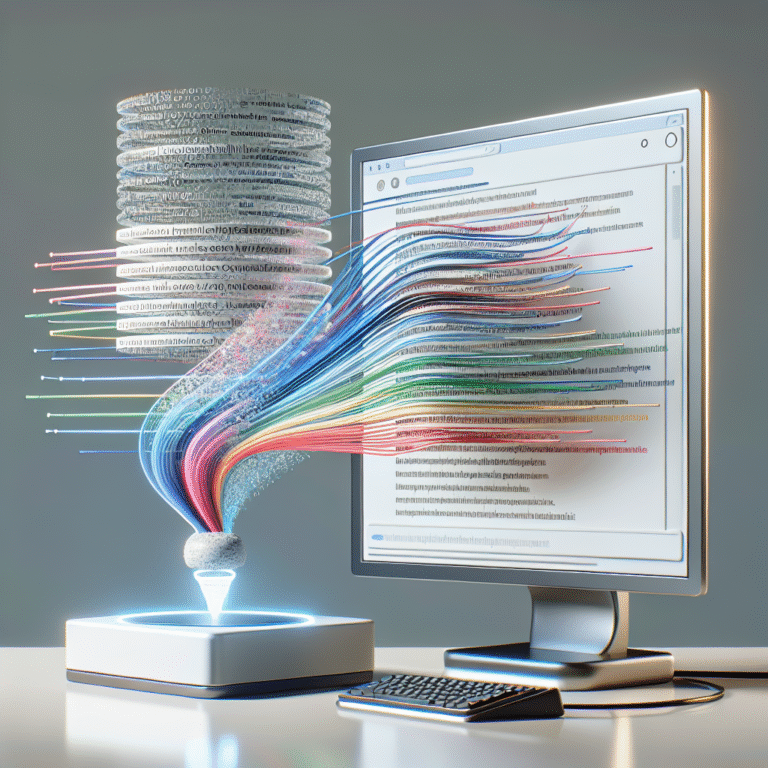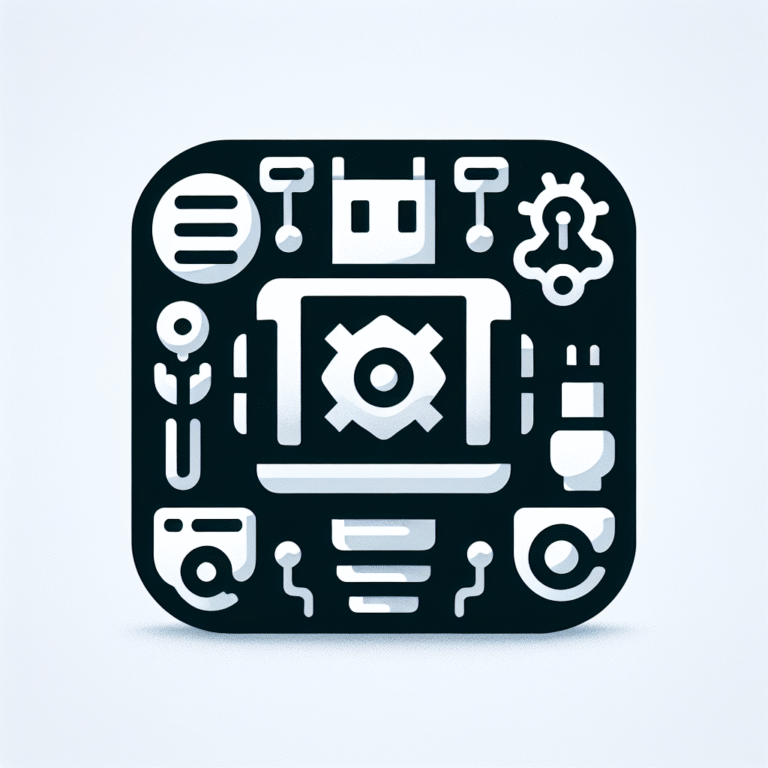How to Write AI Art Prompts: A Comprehensive Guide
p>How to write AI art prompts is a question that has been on the minds of many artists, designers, and enthusiasts who are looking to explore the creative possibilities of artificial intelligence. Writing effective AI art prompts requires a deep understanding of the technology, its capabilities, and its limitations. It also demands a certain level of creativity, imagination, and attention to detail. In this article, we will delve into the world of AI art prompts and provide a comprehensive guide on how to write them. We will explore the basics of AI art, the different types of prompts, and the techniques for crafting effective prompts that yield stunning results. Whether you are a seasoned artist or a beginner, this guide will help you unlock the full potential of AI art and take your creative endeavors to the next level.<<
Understanding AI Art and Its Capabilities
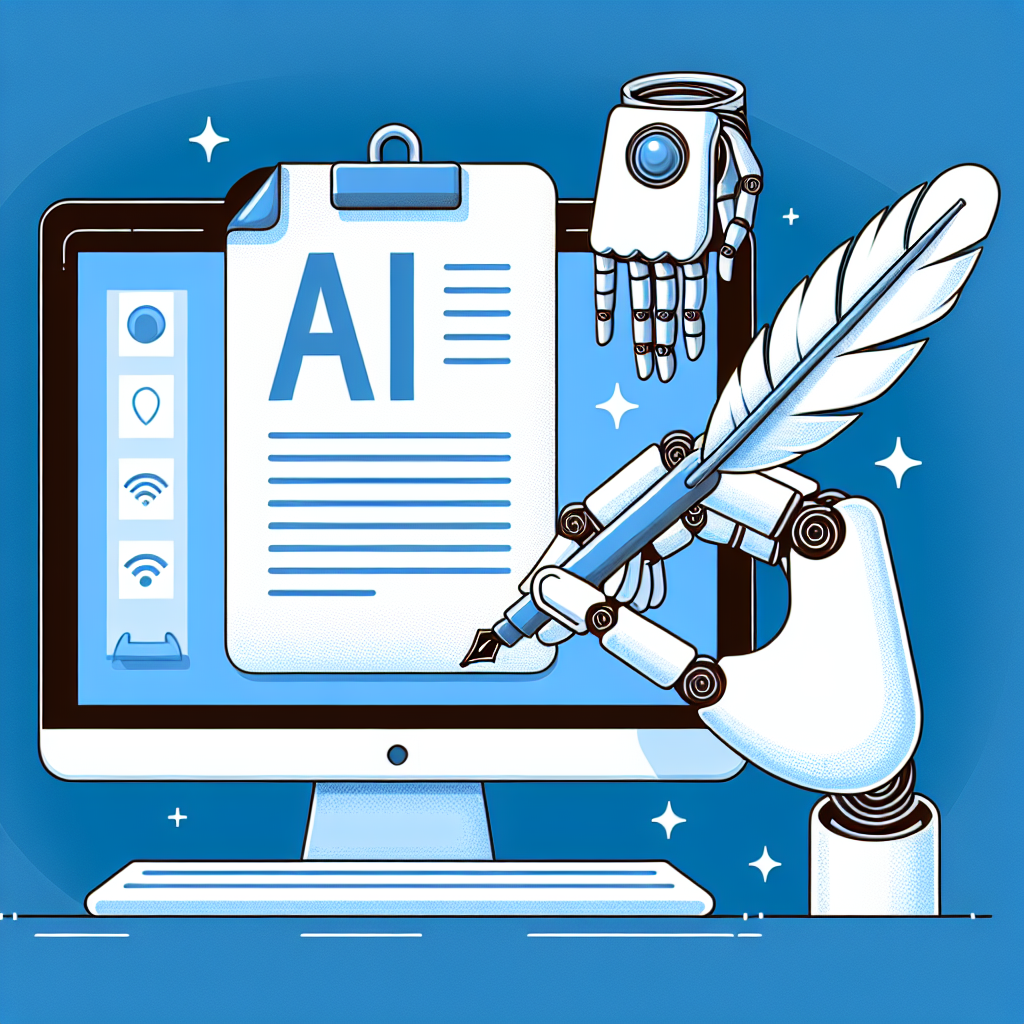 <<
<<
Before we dive into the nitty-gritty of writing AI art prompts, it is essential to understand the basics of AI art and its capabilities. AI art, also known as machine-generated art, refers to the use of artificial intelligence algorithms to create visual content such as images, videos, and animations. These algorithms can be trained on vast amounts of data, allowing them to learn patterns, styles, and techniques that can be applied to generate new and unique art pieces. The capabilities of AI art are vast and varied, ranging from simple graphics and designs to complex and realistic images that can mimic the style of famous artists.<<
Types of AI Art Algorithms
<<
There are several types of AI art algorithms, each with its strengths and weaknesses. Some of the most common algorithms include Generative Adversarial Networks (GANs), Neural Style Transfer, and Deep Dream. GANs are a type of algorithm that uses two neural networks to generate new images by competing with each other. Neural Style Transfer is an algorithm that can transfer the style of one image to another, allowing for the creation of unique and stylized images. Deep Dream is an algorithm that uses a neural network to generate surreal and dreamlike images by amplifying and manipulating the features of an input image.<<
Crafting Effective AI Art Prompts
<<
Crafting effective AI art prompts requires a combination of creativity, imagination, and technical knowledge. A good prompt should be clear, concise, and well-defined, providing the AI algorithm with a clear understanding of what is expected. The prompt should also be specific, providing enough detail and context for the algorithm to generate a unique and relevant image. Some tips for crafting effective prompts include using descriptive language, providing reference images, and experimenting with different styles and techniques.<<
Techniques for Writing AI Art Prompts
<<
There are several techniques that can be used to write effective AI art prompts. One technique is to use descriptive language, providing the algorithm with a clear and vivid description of the image you want to generate. Another technique is to provide reference images, allowing the algorithm to learn from existing images and generate something similar. You can also experiment with different styles and techniques, such as abstract, impressionist, or surrealist, to create unique and interesting images.<<
Real-World Applications of AI Art
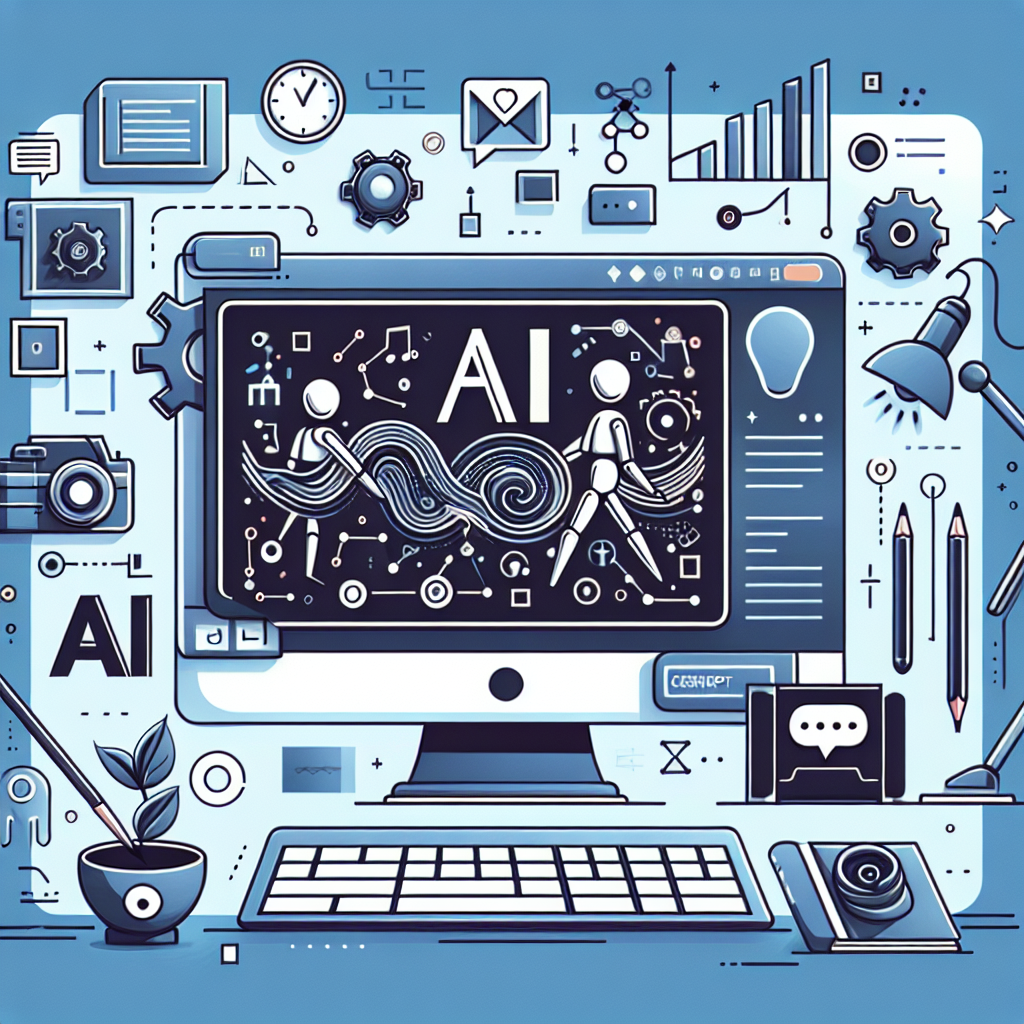 <<
<<
AI art has a wide range of real-world applications, from entertainment and education to marketing and advertising. It can be used to generate special effects for movies and video games, create interactive exhibits for museums and galleries, and even produce personalized advertisements and product designs. AI art can also be used in education, providing students with a new and engaging way to learn about art, history, and culture.<<
Case Studies of AI Art in Action
<<
There are several case studies of AI art in action, demonstrating its potential and versatility. For example, the Next Rembrandt project used AI algorithms to generate a new painting in the style of Rembrandt, which was then printed and exhibited in a museum. The AI-generated portrait, Edmond de Belamy, sold at Christie’s auction house for $432,500, sparking a debate about the role of AI in the art world. Another example is the use of AI-generated music in film scores, providing composers with a new and innovative way to create music.<<
Step-by-Step Guide to Writing AI Art Prompts
<<
Writing AI art prompts can be a complex and challenging task, but with the right guidance and techniques, anyone can create stunning and unique images. Here is a step-by-step guide to writing AI art prompts: first, define the style and technique you want to use, such as abstract, impressionist, or surrealist. Next, provide a clear and vivid description of the image you want to generate, including colors, shapes, and textures. Then, experiment with different reference images and styles to create a unique and interesting prompt. Finally, refine and iterate your prompt, making adjustments and tweaks until you achieve the desired result.<<
Tips and Tricks for Refining Your Prompts
<<
Refining and iterating your prompts is an essential part of the AI art process. Some tips and tricks for refining your prompts include using feedback and iteration, experimenting with different algorithms and techniques, and pushing the boundaries of what is possible. You can also use online tools and resources, such as prompt generators and AI art communities, to help refine and improve your prompts. Additionally, don’t be afraid to take risks and try new things, as this is often where the most interesting and innovative results come from.<<
Conclusion and Future Directions
<<
In conclusion, writing AI art prompts is a complex and challenging task that requires a combination of creativity, imagination, and technical knowledge. By understanding the basics of AI art, crafting effective prompts, and experimenting with different styles and techniques, anyone can create stunning and unique images. As AI technology continues to evolve and improve, we can expect to see even more innovative and exciting applications of AI art in the future. Whether you are an artist, designer, or simply a curious enthusiast, AI art has the potential to unlock new and unexplored creative possibilities, and we are excited to see where this technology will take us.<<
The future of AI art is bright and full of possibilities, with potential applications in fields such as entertainment, education, and marketing. As the technology continues to improve and become more accessible, we can expect to see more people experimenting with AI art and pushing the boundaries of what is possible. With the right guidance and techniques, anyone can create stunning and unique images using AI art, and we are excited to see the amazing things that people will create.<<
As we continue to explore the world of AI art, we are reminded of the importance of creativity, imagination, and innovation. AI art has the potential to unlock new and unexplored creative possibilities, and we are excited to see where this technology will take us. Whether you are an artist, designer, or simply a curious enthusiast, AI art has the potential to inspire and delight, and we are honored to be a part of this journey.<<
In the end, the key to writing effective AI art prompts is to be creative, imaginative, and open to new possibilities. By embracing the potential of AI art and pushing the boundaries of what is possible, we can create stunning and unique images that inspire and delight. So why not give it a try? With the right guidance and techniques, anyone can create amazing AI art, and we are excited to see what you will create.<<
As we conclude this comprehensive guide to writing AI art prompts, we hope that you have gained a deeper understanding of the technology and its capabilities. We also hope that you have been inspired to try your hand at writing AI art prompts and exploring the creative possibilities of this technology. Remember to always be creative, imaginative, and open to new possibilities, and don’t be afraid to take risks and try new things. With the right mindset and techniques, anyone can create stunning and unique AI art, and we are excited to see what the future holds for this exciting and rapidly evolving field.<<
Finally, we would like to leave you with some final thoughts on the future of AI art and its potential to inspire and delight. As the technology continues to improve and become more accessible, we can expect to see even more innovative and exciting applications of AI art in the future. Whether you are an artist, designer, or simply a curious enthusiast, AI art has the potential to unlock new and unexplored creative possibilities, and we are honored to be a part of this journey. So why not join us on this exciting journey and explore the world of AI art for yourself? With the right guidance and techniques, anyone can create stunning and unique images using AI art, and we are excited to see what you will create.

